Understanding Medicaid Waivers: A Gateway to Enhanced Home Care
Medicaid waiver programs play a crucial role in enabling individuals with long-term care needs to access essential services in the comfort of their homes, rather than institutional settings. Tailored to diverse populations, these programs require careful planning and strategic utilization to maximize benefits, making them vital tools for caregivers, beneficiaries, and providers alike.
Overview of Medicaid Home and Community-Based Services (HCBS) Waivers
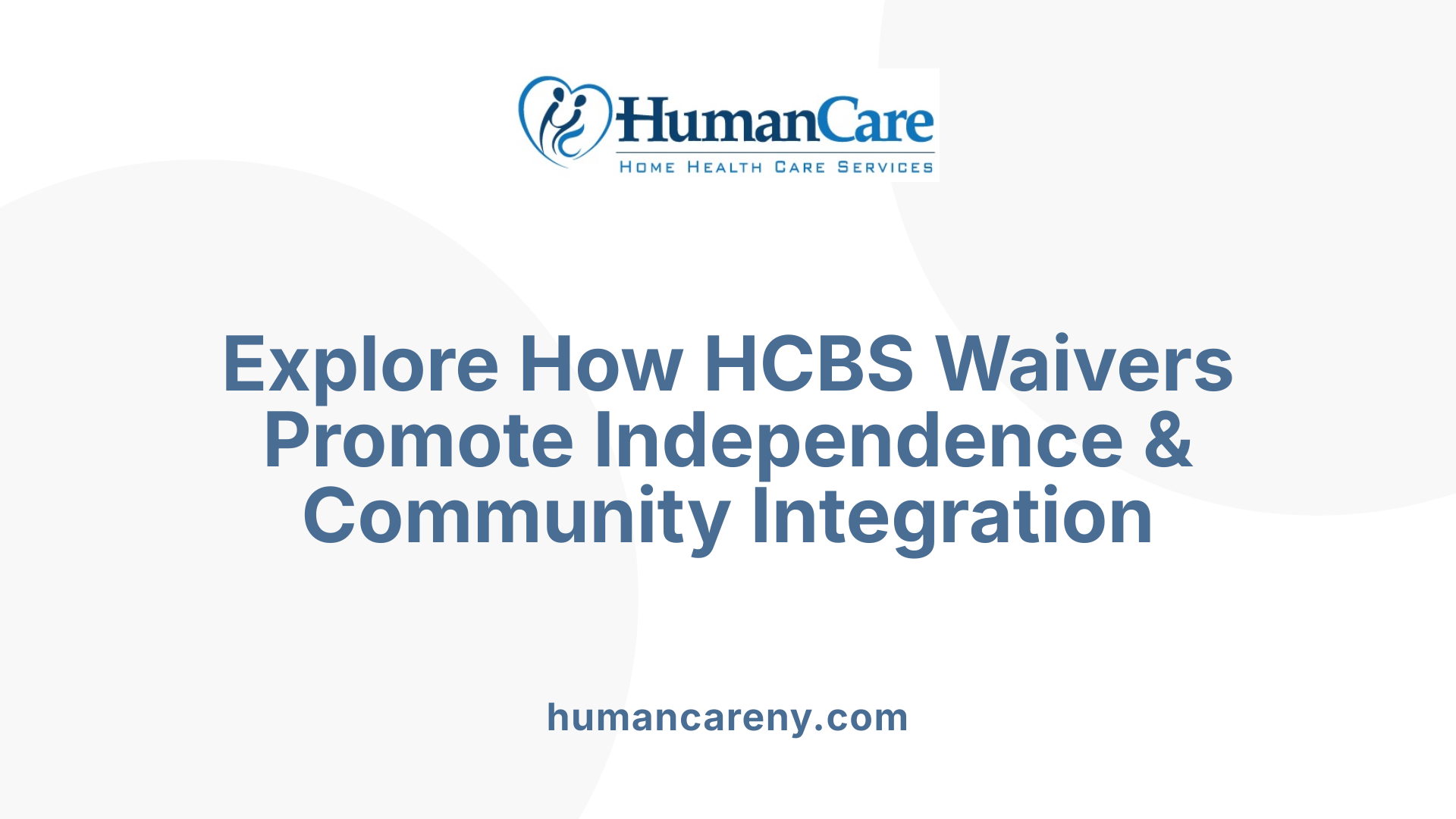 Medicaid HCBS waivers are specialized programs that allow states to tailor long-term care services to meet the unique needs of individuals wishing to receive support in their own homes or community settings. They serve as an alternative to institutional care, promoting independence and integration.
Medicaid HCBS waivers are specialized programs that allow states to tailor long-term care services to meet the unique needs of individuals wishing to receive support in their own homes or community settings. They serve as an alternative to institutional care, promoting independence and integration.
Under federal guidelines, all states and the District of Columbia operate HCBS waivers, with around 257 active programs nationwide. These waivers provide a range of services such as personal care, respite, homemaker assistance, and case management, which are designed to support specific populations including seniors and people with disabilities.
States have considerable flexibility within federal frameworks. They can waive certain rules like Statewideness, service comparability, and income/resource limits to better target services. This flexibility enables states to develop innovative approaches, including managed care models, to expand access and improve care quality.
Eligibility for HCBS waivers generally requires participants to demonstrate a need for facility-level care, such as assistance with daily activities, yet they opt for community-based options. Most waivers serve those with income up to 300% of the Federal Benefit Rate and have asset limits around $2,000.
Target populations are diverse, but all states ensure services are available for people with intellectual or developmental disabilities, seniors, and adults with physical disabilities. By customizing services and eligibility criteria, states can better meet the needs of these groups.
In summary, Medicaid HCBS waivers are vital tools that enhance home and community care options. They offer states flexibility to develop person-centered, cost-effective services that promote health, safety, and independence for vulnerable populations, aligned with federal guidelines.
Types of Services Covered Under Medicaid Waivers
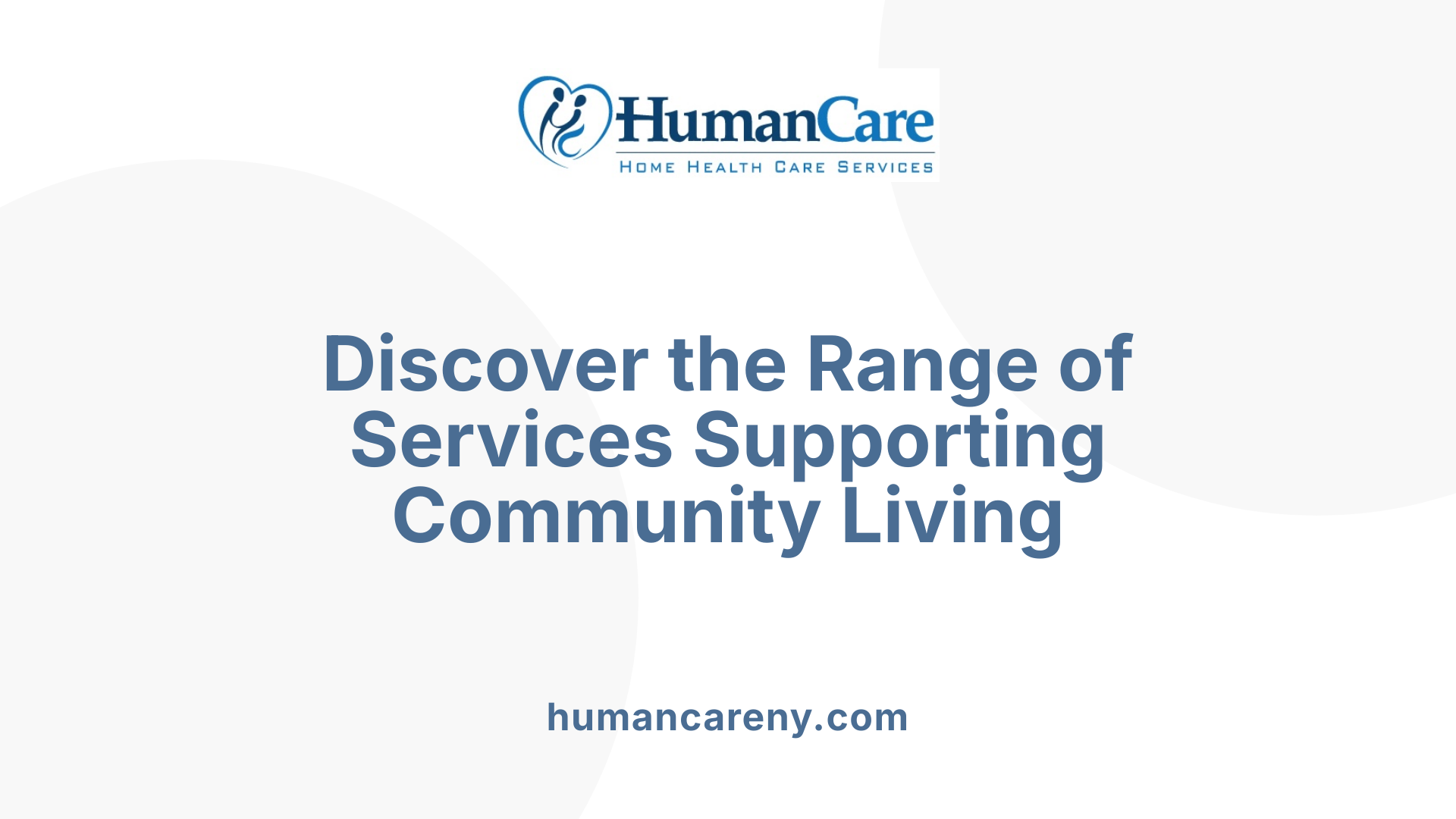 Medicaid Waivers offer a diverse range of services tailored to meet individual needs for those who prefer to stay in their homes or communities instead of institutional settings. These services include personal care assistance and homemaker services, which help individuals with daily activities and household tasks, allowing them to maintain independence.
Medicaid Waivers offer a diverse range of services tailored to meet individual needs for those who prefer to stay in their homes or communities instead of institutional settings. These services include personal care assistance and homemaker services, which help individuals with daily activities and household tasks, allowing them to maintain independence.
Respite care and caregiver support are also vital components. These services provide temporary relief for primary caregivers, often delivered at home or in specialized facilities. They are especially critical given the high demand for caregiver relief, with Medicaid being the largest payer for such services nationwide. Many states have developed various types of respite, including specialized, non-specialized, in-home, and facility-based options, and they employ strategies like pooling benefits and allowing family or friends to serve as providers.
Home modifications and durable medical equipment (DME) are covered to improve safety and accessibility within the home. This includes installing ramps, grab bars, and other assistive devices, which help prevent falls and enable individuals with disabilities or mobility challenges to live more independently.
Additionally, services like adult day health provide socialization and health monitoring during the day, while transitional services support individuals moving from institutional care back into the community. These programs facilitate a smoother transition, enhancing long-term care outcomes.
Resources to Help Navigate Medicaid Care Options and Applications
Resources available for individuals seeking Medicaid home and community-based services include state Medicaid agencies, which provide detailed guidance and support throughout the application process. Online platforms with comprehensive checklists, FAQs, and eligibility screeners help simplify understanding program options.
Advocacy organizations such as Carr Law Group specialize in elder law and Medicaid planning, offering expert advice specific to individual circumstances. The Medicaid website features detailed guidelines on eligibility, the application process, and specific programs like Medicaid waivers, making it easier for beneficiaries to navigate complex requirements.
The Medicaid Health Home program and the Health Home Information Resource Center assist with care coordination and program development. They provide technical support to states and providers, ensuring that individuals receive comprehensive and person-centered care.
Lastly, self-directed services and supports brokers empower individuals to manage their care plans actively, increasing their control over services and ensuring personalized support tailored to unique needs.
Does Participation in Medicaid Waiver Programs Pay Well for Providers?
While Medicaid waiver programs can offer steady employment opportunities, the compensation varies depending on the role and region. Direct Support Professionals (DSPs), for instance, earn between approximately $17.56 per hour in some states like New York, translating to an annual salary of around $34,000 to $44,000.
Other roles, such as service liaisons or program coordinators, can have significantly different pay rates, with top salaries reaching nearly $83,350 in areas like Washington, DC. Despite this, many providers face challenges like high turnover due to comparatively modest wages and staffing shortages.
In summary, Medicaid waiver programs provide essential employment opportunities within the home and community-based care sector. However, the financial incentives may not always meet the standards of higher-paying healthcare professions, emphasizing the need for ongoing advocacy and policy improvements to enhance provider remuneration.
Policy Changes During and Post-Pandemic Impacting Access
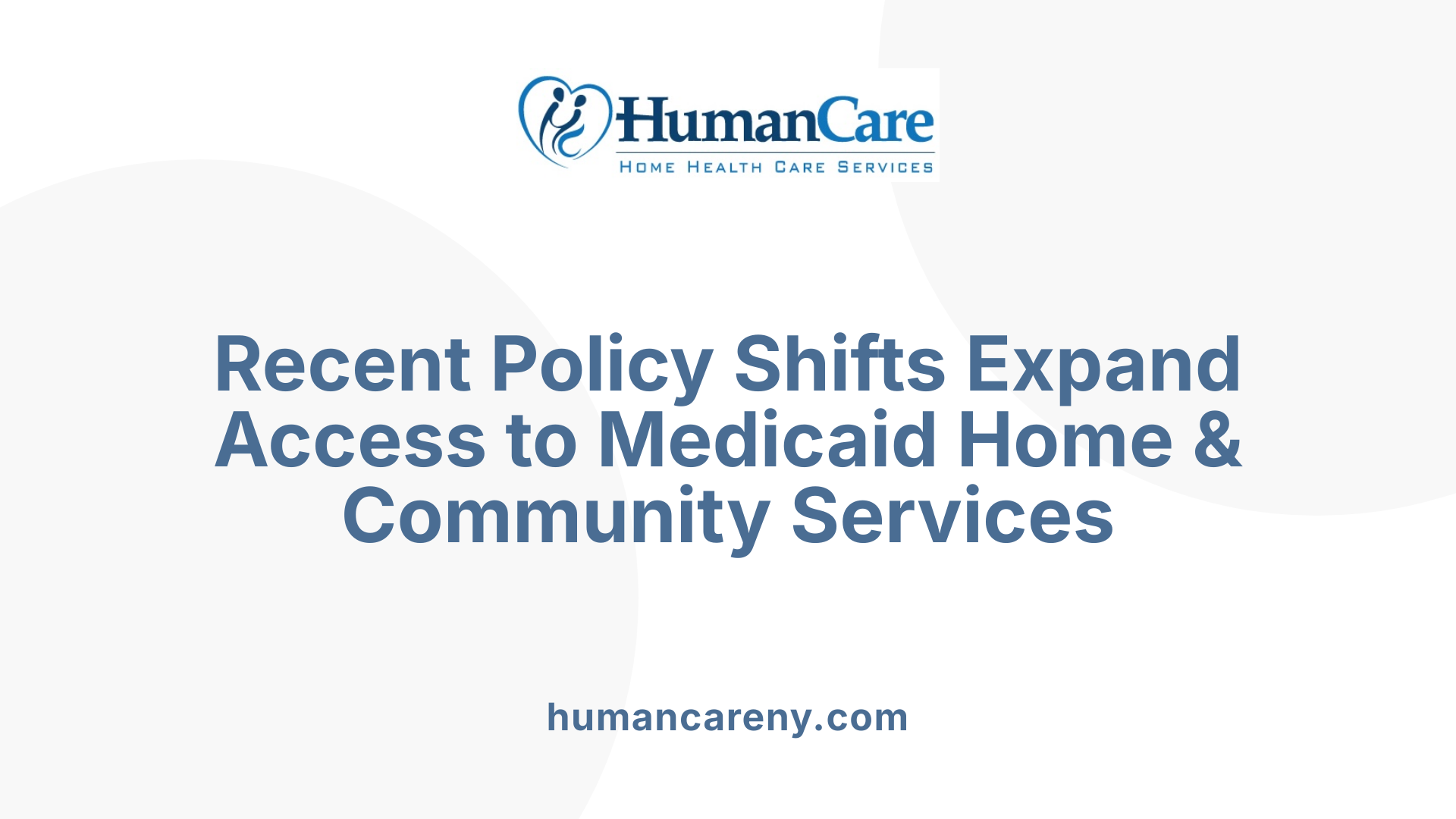
What recent policy changes or emerging strategies can improve access to Medicaid home and community-based services?
Recent developments have significantly enhanced access to HCBS via policy shifts and strategic initiatives. States are leveraging federal Section 1115 waivers to innovate and tailor services that meet local needs, often expanding eligibility and adding benefits. Throughout the COVID-19 pandemic, federal guidance encouraged streamlining enrollment and renewal processes—utilizing data sharing, virtual assessments, and other flexibilities—which are now being adopted as permanent features.
States increased focus on respite care, employing varied approaches such as culturally aware training, flexible service provisions, and enhanced provider reimbursements using pandemic relief funds. These measures aimed to reduce barriers and boost service quality. Federal proposals, including per capita caps and FMAP adjustments, are also under discussion, potentially reshaping Medicaid funding models.
Overall, these policies aim to stabilize and broaden service access while maintaining quality and cost-effectiveness, offering more individuals the support to stay in their communities.
Maximizing Benefits Through Strategic Planning and Advocacy
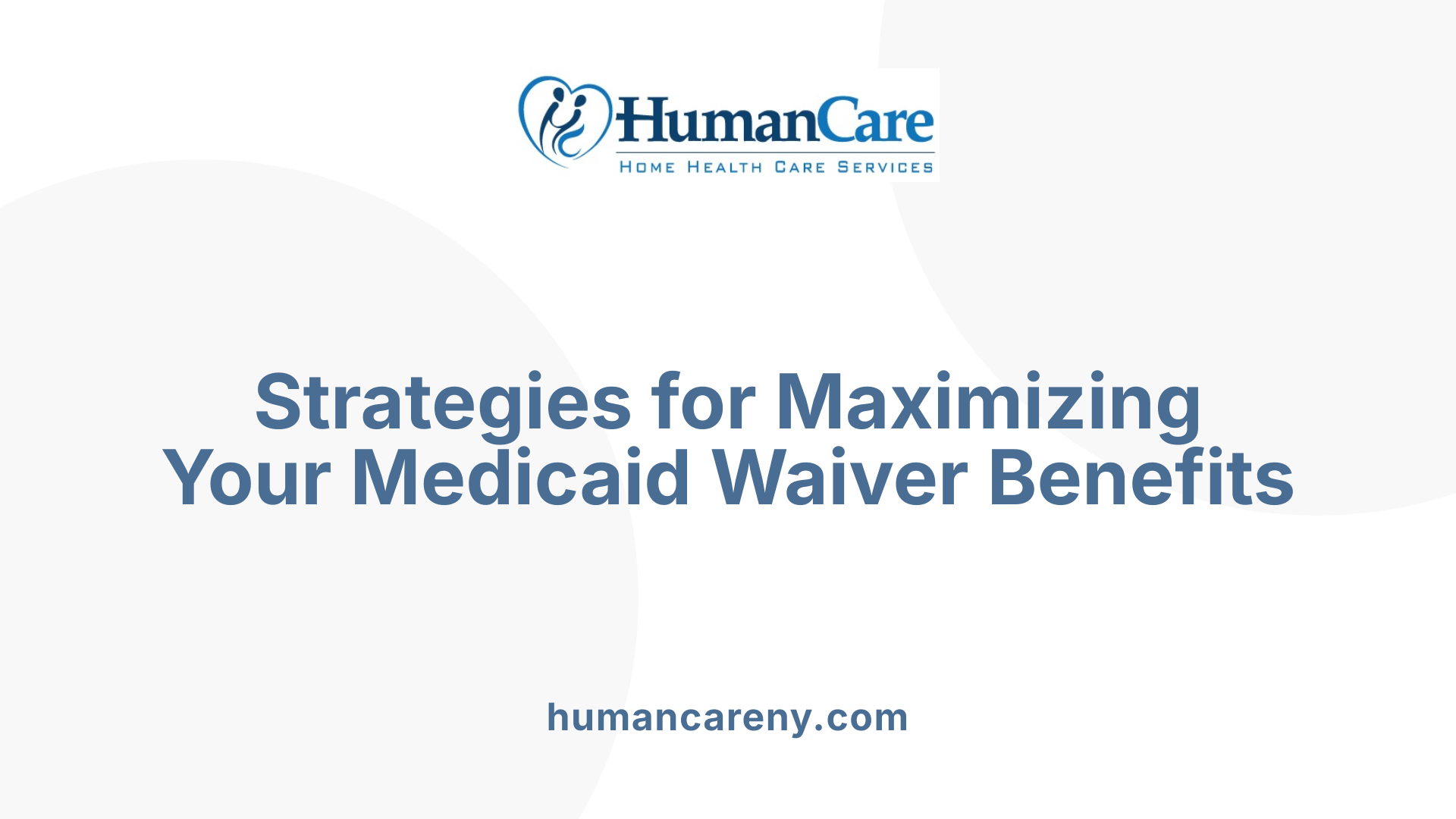
How can one navigate the eligibility criteria and program variations of Medicaid waivers?
Navigating Medicaid waivers involves understanding that each state customizes its programs based on federal guidelines, targeting specific populations like seniors, people with disabilities, or children with special needs. Since requirements can vary significantly, it’s vital to consult your state's Medicaid agency or official resources for detailed eligibility criteria.
Most waivers require applicants to demonstrate a need for facility-level care—such as assistance with daily activities—and meet financial criteria, generally with income up to 300% of the Federal Benefit Rate and assets below $2,000. Many programs have capacity limits, which can result in waiting lists, often averaging around 39 months.
The application process is typically conducted through local Medicaid offices, requiring documents like proof of income, resources, medical certification, and proof of citizenship or legal status. Some states may use virtual evaluations or expedited procedures, especially during public health emergencies.
Staying informed about renewal requirements and any program updates is important to maintain coverage. Recognizing that waivers like Section 1915(c), 1915(b), or 1115 have different purposes and criteria helps in choosing the most suitable program.
What are effective strategies to maximize Medicaid waiver benefits?
Maximizing the benefits involves developing comprehensive, personalized care plans. Collaborate closely with providers and service coordinators to tailor services like personal care, respite, home modifications, and transportation to your needs.
Leveraging self-direction allows individuals and families to have greater control over services—sometimes choosing family members as paid providers or managing services directly. This approach often enhances flexibility and satisfaction.
Using legal tools such as pooled trusts or special needs trusts can help protect assets and remain eligible for benefits, especially for individuals with significant resources. These tools can also facilitate access to additional services or financial support.
Active advocacy is crucial. Engage regularly with care coordinators, monitor service quality, and advocate for additional or alternative services as needs evolve. Staying proactive ensures you are making the most of all available options.
Practicing resource planning, understanding waiver rules, and exploring options for including desired services will help expand the scope of care while maintaining compliance.
Strategies for Care Planning, Family Involvement, Legal Tools, Self-direction, Advocacy, Personalized Plans
| Strategy | Description | Benefit |
|---|---|---|
| Developing personalized plans | Work with providers to create a tailored care plan reflecting individual needs | Ensures relevant services are prioritized and effectively delivered |
| Leveraging family involvement | Involve family members in care planning and as potential providers | Enhances support network and service alignment |
| Using legal tools | Establish trusts or legal arrangements to protect assets and qualify | Facilitates eligibility and resource management |
| Self-direction | Manage one’s own services and choose providers, including family | Promotes control, flexibility, and satisfaction |
| Advocacy | Communicate actively with agencies, review benefits, and request additional services | Maximizes service scope and quality |
| Creating personalized plans | Continually update and tailor services to adapting needs | Maintains relevance and effectiveness of care |
Understanding and combining these strategies helps individuals and families to effectively navigate Medicaid waiver programs, ensuring access to a broad range of supportive services that promote independence and well-being.
The Role of Managed Care Organizations and Policy Flexibility
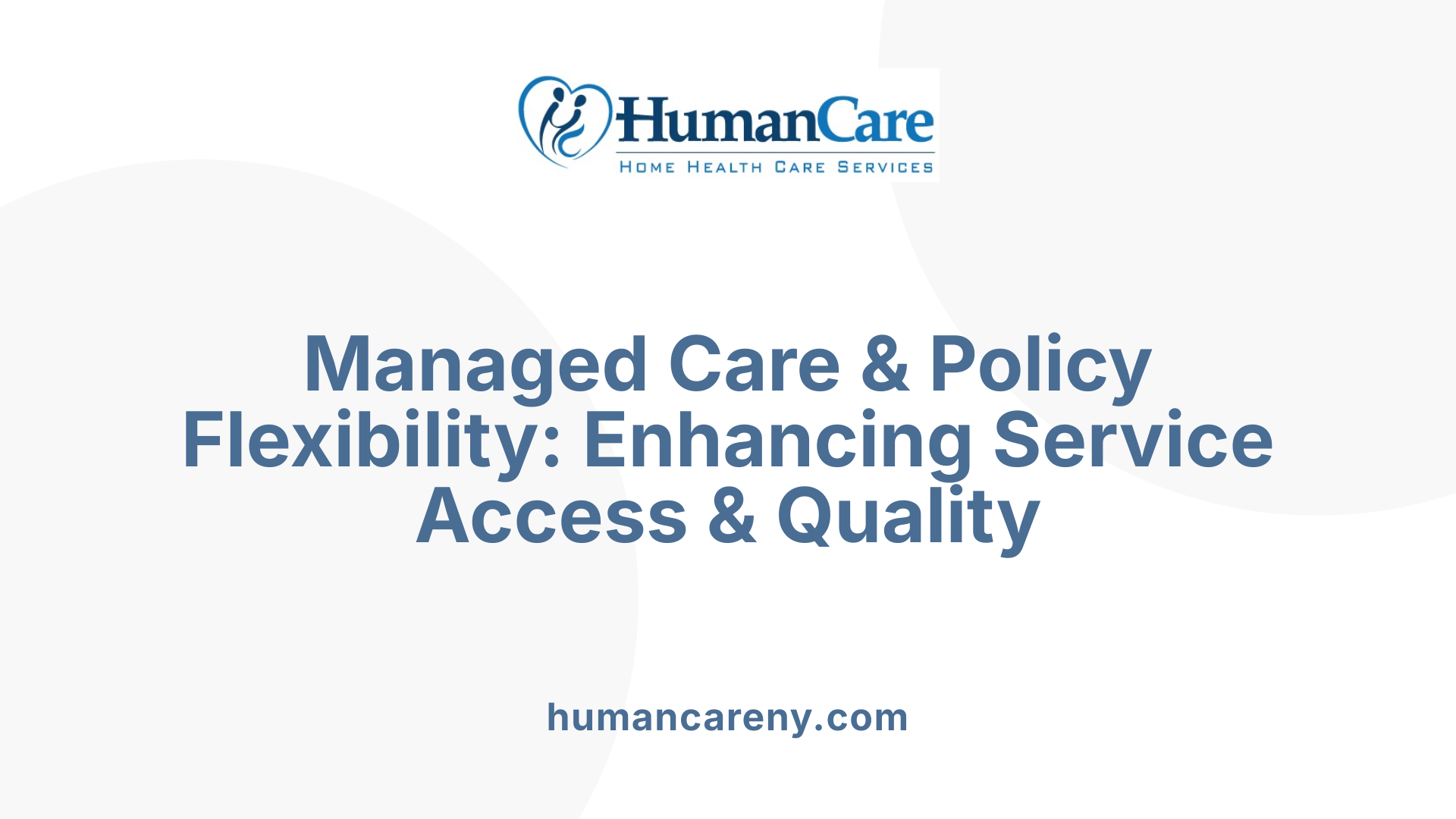 Managed care organizations (MCOs) are central to expanding access and enhancing the quality of home and community-based services (HCBS) under Medicaid. By exercising various flexibilities, MCOs can adjust reimbursement rates and service provisions to meet evolving needs effectively.
Managed care organizations (MCOs) are central to expanding access and enhancing the quality of home and community-based services (HCBS) under Medicaid. By exercising various flexibilities, MCOs can adjust reimbursement rates and service provisions to meet evolving needs effectively.
One prominent strategy involves increasing provider reimbursement rates. This incentivizes more providers to participate in Medicaid HCBS programs, helping to address workforce shortages and ensuring a broader range of services is available to beneficiaries. For instance, states like Texas and Virginia have used rate increases to boost provider participation, improving service access.
States also utilize policy adaptations like bundling services and creating self-directed care options. These approaches allow individuals and their families to control their service choices, leading to more personalized and responsive care plans. Policy flexibility enables pooling of benefits such as respite care, making services more accessible and aligned with beneficiary needs.
Additionally, managed care flexibility extends to service limits, with some states expanding service caps and allowing greater service frequency. This ensures continuity of care even during high-demand periods. Managed care organizations can also innovate by integrating services—combining respite, personal care, and other supports—to streamline delivery and improve outcomes.
Incentive programs, such as additional administrative reimbursement or rate increases supported by federal aid like the American Rescue Plan Act (ARPA), further motivate providers to participate actively. These financial strategies make it more sustainable for providers to serve Medicaid beneficiaries, enhancing overall program quality.
| Strategy | Description | Impact |
|---|---|---|
| Rate increases | Additional payments to providers | Boosts provider participation, reduces shortages |
| Service bundling | Combining multiple services in one package | Improves efficiency and personalized care |
| Self-direction | Allowing beneficiaries to choose and manage services | Enhances independence and satisfaction |
| Capitated payments | Fixed payments per enrollee | Encourages cost-effective care |
| Expanded service limits | Increasing caps on services | Ensures ongoing access during high need |
Through these flexible policies, states effectively address changing healthcare landscapes, promote community-based living, and improve the quality of support for individuals relying on Medicaid HCBS.
Historical Context and Future Outlook of Medicaid Waivers
How has Medicaid evolved from institutional to community-based care?
Medicaid waivers have played a pivotal role in shifting the focus from traditional institutional care to more flexible, community-based services. Originally, Medicaid primarily funded nursing homes and long-term institutional placements. Over time, states gained federal approval to develop Home and Community-Based Services (HCBS) waivers under Section 1915(c), allowing them to provide an array of personalized services in individuals' homes or local communities.
This transition was driven by the recognition that many individuals prefer to live in their own homes and that community-based care can often be more cost-effective. States tailor these waivers to address specific population needs, such as seniors, people with disabilities, or developmental conditions, emphasizing independence and integration.
Today, all states and the District of Columbia operate HCBS waivers, with approximately 257 active programs nationwide, totaling nearly 820,000 individuals on waiting lists. The move towards community care has been supported by federal guidelines that emphasize person-centered plans and safety while waivers enable states to waive certain Medicaid requirements, like income limits and service comparability, to better serve individual needs.
How did federal policies and recent events influence Medicaid waiver programs and access?
The COVID-19 pandemic significantly impacted Medicaid waiver programs, leading to rapid policy adaptations. During the public health emergency, federal authorities granted states additional flexibilities, such as virtual eligibility assessments, increased provider reimbursement rates, and options to pay family caregivers. These measures made accessing HCBS easier by reducing barriers like travel requirements and in-person visits.
Many of these temporary policies demonstrated the effectiveness of remote service delivery and flexible funding models, leading several to transition into permanent features. For instance, increased payment rates and family caregiver payments are now embedded into long-term policy frameworks in numerous states.
Furthermore, the pandemic exposed persistent workforce shortages and highlighted the importance of technology, prompting innovations such as Electronic Visit Verification (EVV) systems. These efforts aim to ensure quality and accountability while maintaining access amid ongoing staffing challenges.
What are the long-term implications of federal and state initiatives?
Federal focus on modernizing and expanding Medicaid HCBS has fostered a more person-centered, adaptable system designed to respond to individual preferences and health needs. Many emergency measures during the pandemic have become permanent policies, underscoring a shift towards more flexible, technology-enabled service delivery.
However, these changes also pose challenges, such as the need for sustainable funding mechanisms amid rising service costs. The potential shift from federal grants or waivers to block grants or per capita caps could limit future flexibility but may also motivate states to innovate within tighter budgets.
Long-term, there is increasing interest in integrating long-term services with other health and social programs, fostering comprehensive care that reduces reliance on institutional settings.
What does the future hold for Medicaid waivers and community-based care?
Looking ahead, federal and state policymakers are exploring new models to enhance and sustain Medicaid home and community-based services. Innovations include expanding self-direction options, increasing provider capacity through workforce solutions, and leveraging technology for virtual care. The emphasis remains on fostering independence, ensuring safety, and reducing unnecessary institutional placements.
Further initiatives may include more targeted programs for diverse populations, integration with health equity objectives, and increased transparency and quality monitoring for waiver services. Ultimately, the goal is to develop resilient, person-centered systems that adapt to changing needs, technological advances, and funding landscapes.
Resources to navigate Medicaid home and community-based care options and application processes
Navigating Medicaid services involves understanding various programs, eligibility criteria, and application procedures. Resources like state Medicaid agencies provide detailed guides, eligibility checklists, and application forms. Advocacy groups such as Carr Law Group specialize in elder law and Medicaid planning, offering personalized assistance.
The federal Medicaid website features comprehensive information on program options, including waivers, and tools such as FAQs and eligibility screeners. The Medicaid Health Home program and the Health Home Information Resource Center offer additional support for care coordination and program development.
Self-directed services and supports brokers empower individuals to manage their care effectively, helping them understand choices and navigate complex application processes. Overall, these resources aim to make Medicaid’s offerings accessible, helping eligible individuals access personalized, community-based long-term care.
Empowering Effective Use of Medicaid Waivers for Better Home Care
Maximizing Medicaid waiver benefits requires strategic planning, active advocacy, and a thorough understanding of available services, eligibility criteria, and policy landscapes. By staying informed of recent policy changes, leveraging family and legal resources, and working closely with service coordinators, beneficiaries and providers can expand access, improve quality, and sustain person-centered care. Overall, Medicaid waivers represent a vital tool in facilitating community-based living with the right approach, ongoing education, and proactive management.
References
- Home & Community-Based Services 1915(c) - Medicaid
- Emerging Respite Care Strategies in Medicaid Home and ... - NASHP
- [PDF] Understanding Medicaid Home and Community Services: - HHS ASPE
- Key State Policy Choices About Medicaid Home and Community ...
- [PDF] personal care services in 1915(c) waiver programs - Medicaid
- Medicaid Waivers & How They Help Seniors Live at Home
- Pandemic-Era Changes to Medicaid Home- and Community-Based ...
- [PDF] Home and Community-Based Services Waiver - Indiana
- Home and Community Based Services Waivers | Mass.gov
- [PDF] MEDICAID WAIVER SERVICES FACT SHEET



